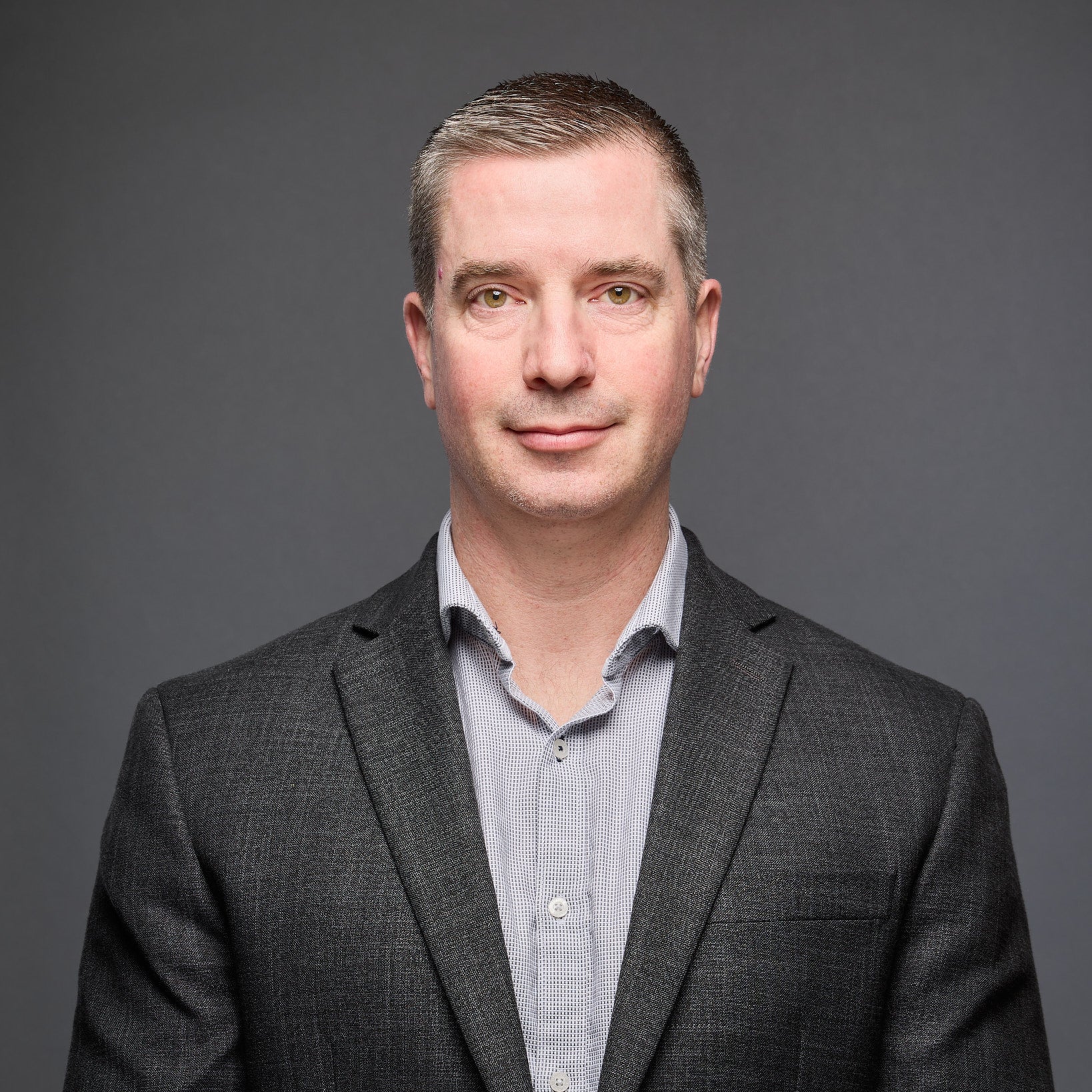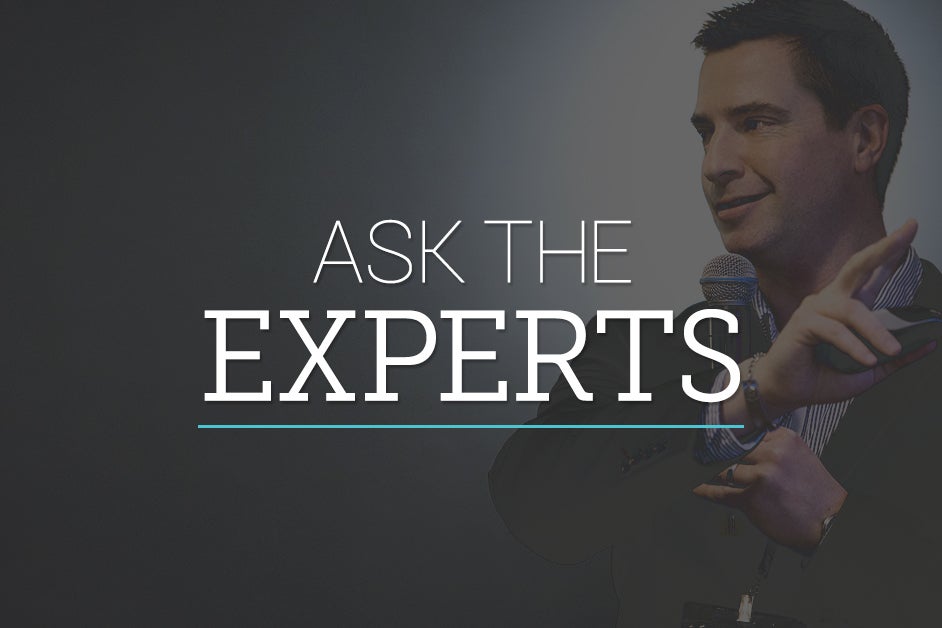Our regulatory subject matter experts are always helping a range of stakeholders solve compelling regulatory challenges associated with supply chain data management. They also provide advice to Assent clients. Here are the top five questions our Regulatory team has responded to over the past few weeks.
Question: My understanding is that the European Union (EU) recently passed legislation that will allow the resale of refurbished equipment in scope of the Restriction of Hazardous Substances (RoHS) Directive after July 2019. The equipment is compliant with the original six RoHS substances, but the refurbishment utilizes materials restricted under recent amendments to the directive. Am I correct in believing the refurbished equipment will be allowed for resale into the EU? Additionally, what is the impact of the Registration, Evaluation, Authorisation and Restriction of Chemicals (REACH) Regulation on refurbished equipment for resale?
Valerie Kuntz: The EU made an amendment to RoHS (Directive (EU) 2017/2102 Article 4(4)) that allows spare parts to be used in products based on the date the category came into scope. So as long as the product was placed on the market prior to the in-scope date, the spares to be created or used for repair can be non-compliant with EU RoHS in those products. The directive does not discuss resale of refurbished products, and only covers spares, but if the product is being resold as essentially new product, it would need to comply with the current regulations.
Per the amendment: “e.g.: (ea) all other EEE that was outside the scope of Directive 2002/95/EC and which is placed on the market before 22 July 2019.”
It is important to note that recovered spare parts can only be used for 10 years from the in-scope date for each category as it was brought into scope (Article 4(5)). For example, a product in Category 8 not in-vitro can use spare parts from existing equipment until July 22, 2024 — 10 years after the initial in-scope date of July 22, 2014. You can find the latest consolidated version here.
As for REACH, though refurbished equipment is not directly discussed, it is necessary to provide the Substances of Very High Concern (SVHC) communication just as you would with new materials on the market.
Question: How does RoHS define medical devices and equipment? Does it include instruments for training purposes (i.e. not for human use)?
Valerie Kuntz: Per the EU RoHS 2011/65/EU (EH RohS 2) definition of medical devices, a medical device is generally defined as an item intended by the manufacturer to be used in the diagnosis or treatment of human beings, such as for the treatment of disease, monitoring of an injury or contraception. This also includes devices that will be left inside a human being, such as those used to monitor therapeutic measures, and specimen receptacles.
Products that are used for training and not intended for human use must be compliant with EU RoHS. The products that are exclusively used in research and development when provided in a business-to-business context are excluded under the Directive Article 2(4)j.
Question: Is a letter certifying that we use no smelters, metals, etc. in our products sufficient to satisfy requests for conflict mineral compliance?
Travis Miller: If there is no tungsten, tantalum, tin or gold (3TGs) present in the products, the supplier would only need to answer “No” to Question 1 on the Conflict Minerals Reporting Template, which you can find here.
If 3TGs are present, then the supplier would need to perform a Reasonable Country of Origin Inquiry (RCOI). The intent of Section 1502 of the Dodd-Frank Wall Street Reform and Consumer Protection Act is to cover a company’s entire supply chain, not just the direct business relationship.
Question: A sub-supplier is providing us with special brass pins, which contain a percentage of lead (Pb). What are the latest definitive exemption statements for RoHS and REACH regarding these connector pins?
Valerie Kuntz: For EU RoHS, there is a valid exemption for copper containing up to 4 percent lead weight by weight (w/w), and one of the components of brass is copper. If the scope of application of these pins falls into applicable electrical and electronic equipment (EEE) product categories, the supplier should be able to leverage this exemption, depending on the concentration of lead. The exemption 6(c) should remain applicable through July 21, 2021. Linked below, you will find some guidance regarding lead in brass provided by a major copper industry group, Copper Alliance. You can read more about RoHS exemptions here.
For EU REACH, the listing of lead as an SVHC triggers communication requirements in the supply chain. Per the EU REACH legal text:
“Any supplier of an article containing a substance meeting the criteria in Article 57 and identified in accordance with Article 59(1) in a concentration above 0,1 % weight by weight (w/w) shall provide the recipient of the article with sufficient information, available to the supplier, to allow safe use of the article including, as a minimum, the name of that substance.”
The listing for lead applies to lead powder and lead massives (CAS#7439-92-1), including when they are incorporated into metals. If a supplier is importing lead into the EU in quantities over one ton per year, there could also be notification requirements under Article 7(2).
Question: Are electronic components in scope of the California Safe Drinking Water and Toxic Enforcement Act of 1986 (Proposition 65)?
Bruce Jarnot: California’s Proposition 65 applies if the electronic product can come into contact with consumers during “intended or foreseeable use”, including workers who may service the product during maintenance or repair. If they are sold to businesses that use these components in the manufacturing process, then occupational exposure requirements could apply.
For more questions and answers, visit the last edition of Assent’s Ask the Experts blog.
Assent’s regulatory subject matter experts frequently participate in events such as webinars to educate compliance professionals. They also inform our clients’ regulatory programs. To learn more, contact our experts today.










